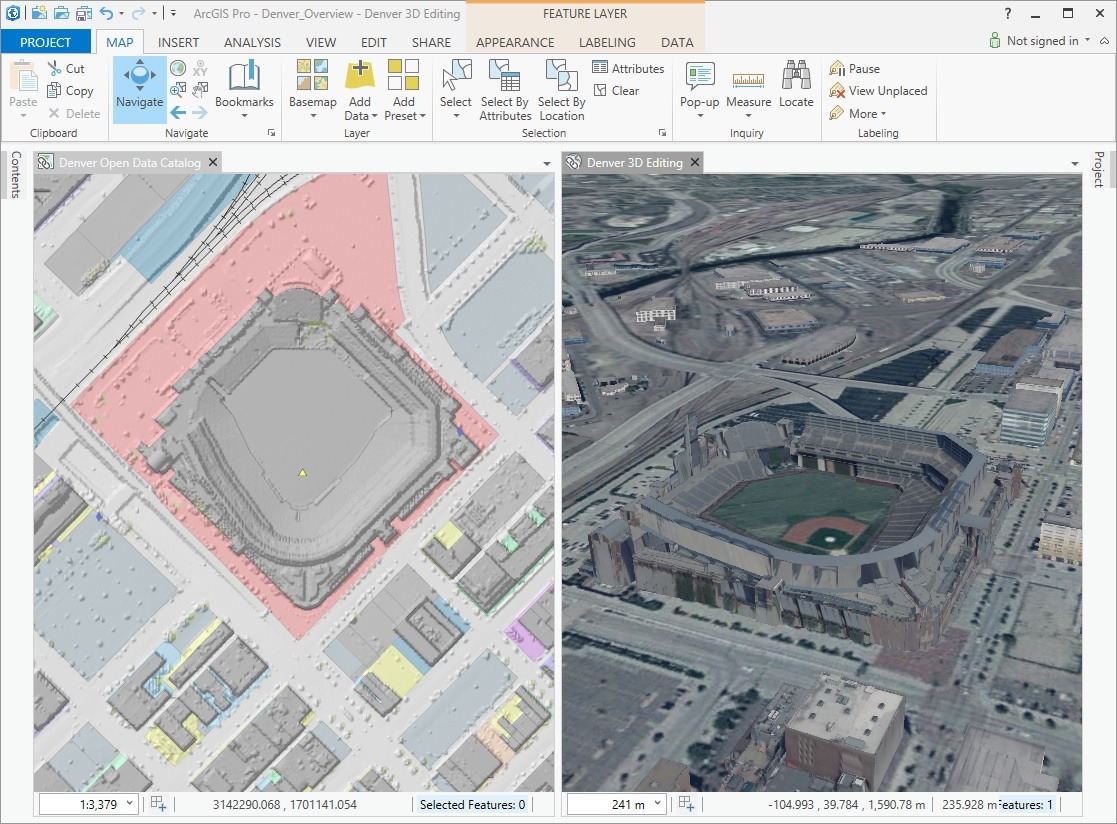
If your SQL Server database compatibility level is 110 or higher (SQL Server 2012 or later release), an autogrid is used. If your SQL Server database compatibility level is set to 100 (SQL Server 2008 or 2008R2), grid levels are always set to medium. When you run the Add Spatial Index tool on geometry or geography feature classes in a SQL Server database or a geodatabase in SQL Server, no input is required to define the spatial grid. This ID field is required if you will publish the table in a feature service.

You can use the Add Incrementing ID Field to add a database-maintained, unique identifier to an existing table in ALTIBASE. The Export To CAD has two new choices for the output_type parameter: DWG_R2013 and DXF_R2013. Surface and produces an observer-visible region relationship tableįor up to 32 observers (points, multipoints or polylines) which canīe related back to the input observer feature class.

This tool determines raster surface locations visible to a set of observer features. The Viewshed 2 geoprocessing tool that was introduced for the Spatial Analyst extension for ArcGIS 10.3 has been added to the Visibility toolset of the 3D Analyst toolbox. LAS Point Statistics By Area, and Locate LAS Points By Proximity. Three new geoprocessing tools are available: Classify LAS By Height, The following are new and improved tools for ArcGIS 10.3.1, arranged by toolbox. To topics with more information for that specific area of the software. The following sections summarize changes in different functional areas of ArcGIS. To learn more, see Introduction to 10.3.1 for Desktop includes enhancedįunctionality and stability improvements. You can also use ArcPy to share a web tile layer to a portal. To change the default configuration, see Configure a web tile layer.
Que es arcgis 10.3 how to#
This workflow explains how to share a web tile layer with default settings.

Share a web tile layer using the default configuration

To learn more, see Introduction to saving service definitions. Information about saving a service definition is included in the workflow below. A service definition compiles information into a single file, allowing you to share the web tile layer at a later time. While in the process of sharing a web tile layer, you may decide to save a service definition instead. The privilege to publish hosted tile layers is required to share a web tile layer. When you share a web tile layer, the antialiasing settings in your display options are applied automatically. Web tile layers are best used with relatively static maps. With ArcGIS Pro, you can share web tile layers to your active portal. Considerations when sharing to older portals.Share a web tile layer using the default configuration.


 0 kommentar(er)
0 kommentar(er)
